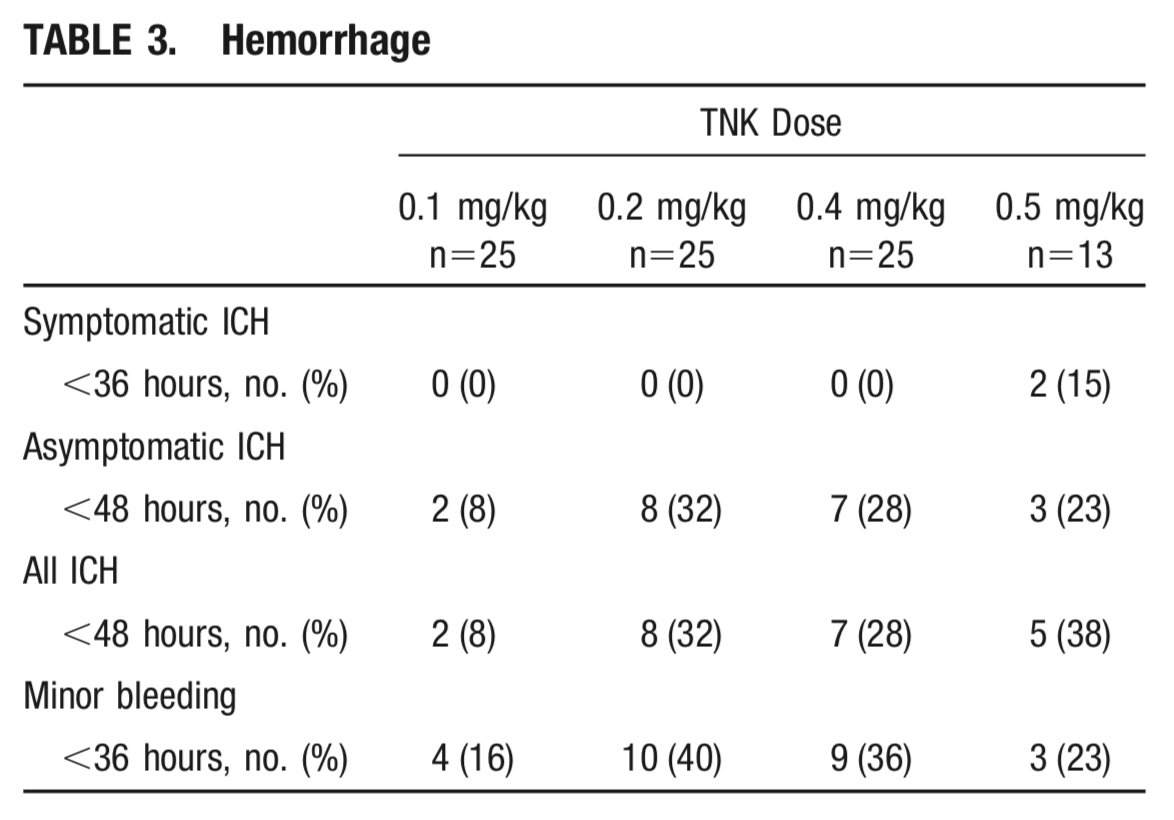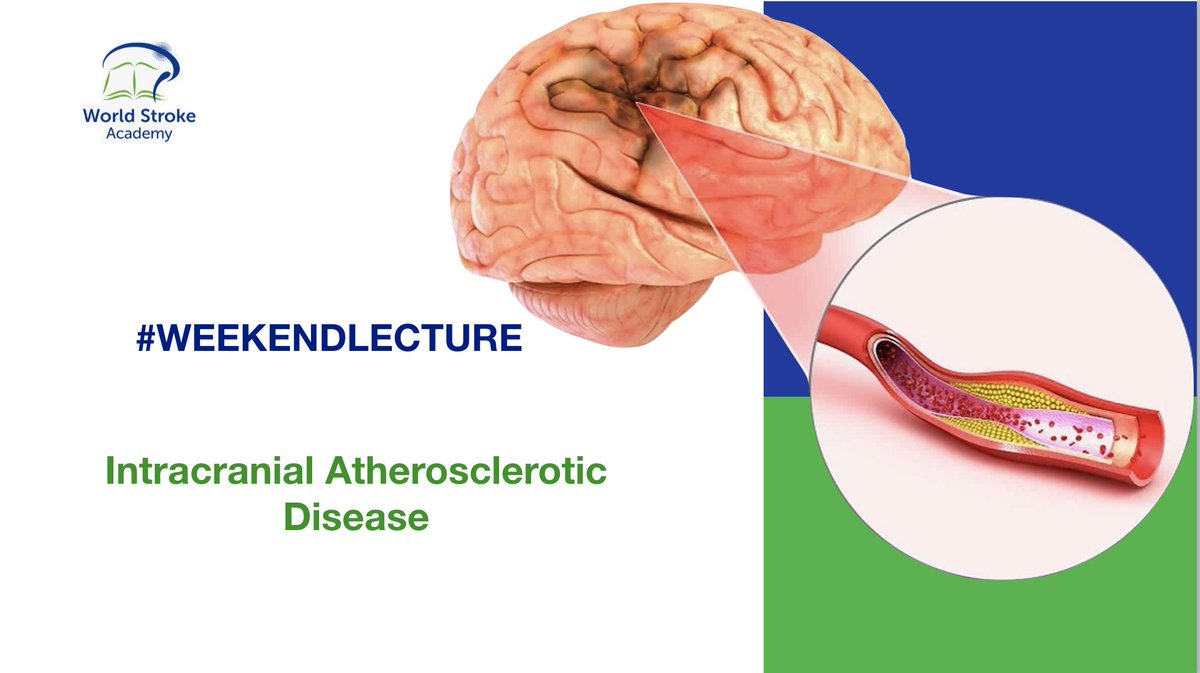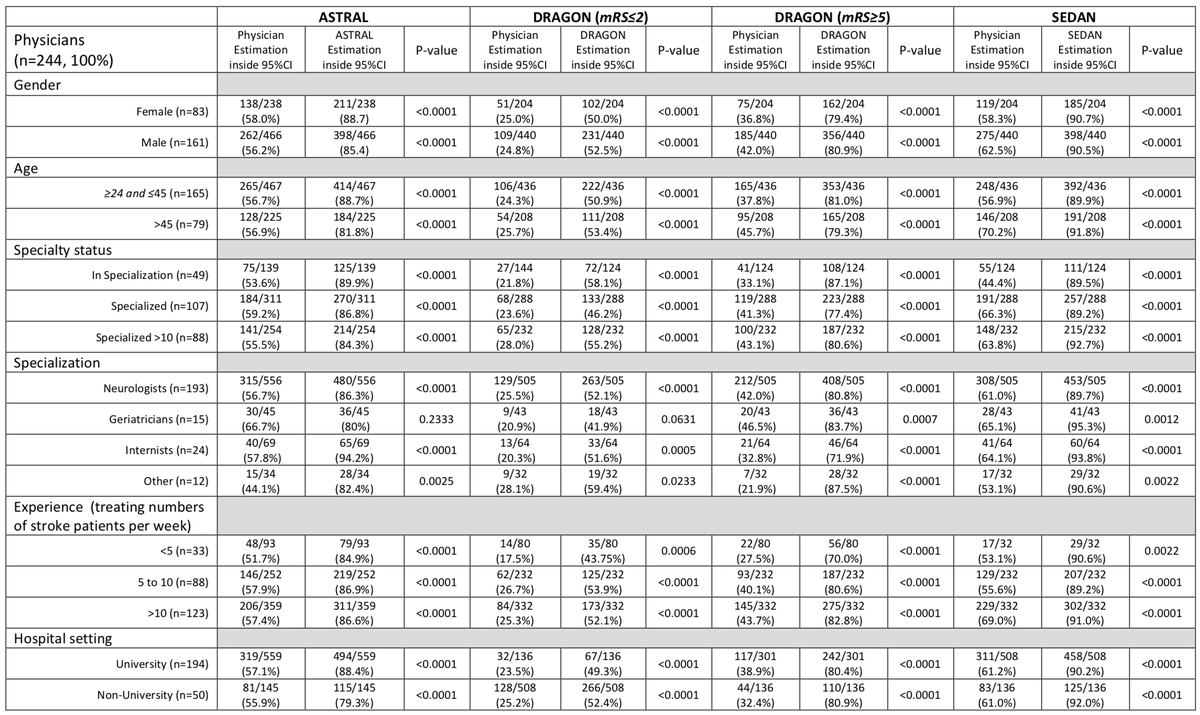
#WeekendLecture
#HistoryofEVT
It’s no secret that #EVT for AIS has been a complete game changer for the field resulting in dramatic reduction in death & disability
Join us to explore the #history of EVT in collaboration with @SVINJournal, to celebrate the inaugural issue
#HistoryofEVT
It’s no secret that #EVT for AIS has been a complete game changer for the field resulting in dramatic reduction in death & disability
Join us to explore the #history of EVT in collaboration with @SVINJournal, to celebrate the inaugural issue

Many thanks to @Mahmoudneuro, #RaulNogueira and @DiogoHaussen whose review entitled:
👉“Tx Advancements in the Endovascular Management of Stroke” celebrates the advances in #ETV
🆓 #openaccess
✅ahajournals.org/doi/full/10.11…
👉“Tx Advancements in the Endovascular Management of Stroke” celebrates the advances in #ETV
🆓 #openaccess
✅ahajournals.org/doi/full/10.11…
1st #Fun fact: Interventional treatment of AIS dates all the way back to 1950s‼️
Sussman & Fitch reported 3 cases of IA infusion of fibrinolytics
Didn’t work 😫. Probably because they were performed in a non-hyperacute fashion
But this laid the foundation for years of refinement
Sussman & Fitch reported 3 cases of IA infusion of fibrinolytics
Didn’t work 😫. Probably because they were performed in a non-hyperacute fashion
But this laid the foundation for years of refinement

The dramatic improvement in #endovascular stroke care has since then been moved forward by:
⭐️Refinement in patient #selection
⭐️Improvement in the reperfusion #technology
⭐️Integrating #systems of care
⭐️Refinement in patient #selection
⭐️Improvement in the reperfusion #technology
⭐️Integrating #systems of care
✅Patient Selection
With the approval of IV tPA, a wave of trials were designed to explore if EVT+IV tPA🆚tPA alone would improve outcome
☝️These were plagued by issues of patient selection and bias and there was no requirement for the presence of an LVO for historical controls
With the approval of IV tPA, a wave of trials were designed to explore if EVT+IV tPA🆚tPA alone would improve outcome
☝️These were plagued by issues of patient selection and bias and there was no requirement for the presence of an LVO for historical controls
An example of problematic patient selection is illustrated in #IMS III trial
👉Did not require confirmation of the presence of a vascular occlusion before randomization
👉~ 1/4 of pt did not receive EVT
👉Half of EVT pt were treated with IA tPA only
pubmed.ncbi.nlm.nih.gov/23390923/
👉Did not require confirmation of the presence of a vascular occlusion before randomization
👉~ 1/4 of pt did not receive EVT
👉Half of EVT pt were treated with IA tPA only
pubmed.ncbi.nlm.nih.gov/23390923/

Because of this, #IMS III achieved poor reperfusion rates, and thus was stopped early for futility
☝️Similar issues with selection #bias, lack of #LVO, poor workflow or lack of appropriate #stent-retriever technology also plagued trials of that time
☝️Similar issues with selection #bias, lack of #LVO, poor workflow or lack of appropriate #stent-retriever technology also plagued trials of that time
The result of these negative outcomes was a focus on:
💥 Finding the right #patient
💥 Optimizing #workflow.
By 2015, 5 RCTs reported overwhelming #superiority of #EVT over standard medical treatment in anterior circulation #LVOs
💥 Finding the right #patient
💥 Optimizing #workflow.
By 2015, 5 RCTs reported overwhelming #superiority of #EVT over standard medical treatment in anterior circulation #LVOs
✅This success was built on early time #selection and imaging selection!
These trials mandated the inclusion of patients with
🔹proximal occlusions
🔹parenchymal viability👉ASPECTS to grade CTs
The result was excluding pt with larger #cores unlikely to have a dramatic benefit
These trials mandated the inclusion of patients with
🔹proximal occlusions
🔹parenchymal viability👉ASPECTS to grade CTs
The result was excluding pt with larger #cores unlikely to have a dramatic benefit
The result of these trials was presented in the #HERMES collaboration
👉Combined patient level meta-analysis
👉1287 patients
👉Confirmed the large benefit of #thrombectomy for anterior circulation proximal arterial occlusions within the first 6 hours
➡️pubmed.ncbi.nlm.nih.gov/26898852/
👉Combined patient level meta-analysis
👉1287 patients
👉Confirmed the large benefit of #thrombectomy for anterior circulation proximal arterial occlusions within the first 6 hours
➡️pubmed.ncbi.nlm.nih.gov/26898852/

In the #HERMES cohort the #NNT was a stunning 2.6 to reduce #disability by at least one level on mRS💪
👉The change of achieving functional independence (mRS 0-2) nearly doubled‼️
✅The benefit extended across broad patient populations
👉The change of achieving functional independence (mRS 0-2) nearly doubled‼️
✅The benefit extended across broad patient populations

Concurrent with an improvement in patient selection was the improvement in #devices and the integration of #systems of care to get patients to a #thrombectomy capable center
☝️EVT went from a procedure that disrupted the clot with a #microguidewire …
ncbi.nlm.nih.gov/pmc/articles/P…
☝️EVT went from a procedure that disrupted the clot with a #microguidewire …
ncbi.nlm.nih.gov/pmc/articles/P…

...to using much more advanced #stent-retrieving #devices which allowed trials to be designed to assess the clinical benefits of the new technology over the best #medical treatment
👉link.springer.com/chapter/10.100…
👉link.springer.com/chapter/10.100…

🧠The stunning proof of concept driven by the reports of the 5 #trials from 2015 (which were hyper focused on selecting only the very most likely to benefit patients) paved the way for the ongoing #expansion in the use of #endovascular treatment
If the effect is outstanding within 6 hours… then what about 16 or even 24 hours after last time seen well?
💥 Enter #DAWN and #DEFUSE3! 💥
Demonstrating incredibly low #NNT for #imaging selected patients, which continued to revolutionize the field

💥 Enter #DAWN and #DEFUSE3! 💥
Demonstrating incredibly low #NNT for #imaging selected patients, which continued to revolutionize the field


In many ways, as you’ll hear if you check out the #podcast with Drs. Nogueira & @TudorGJovin⬇️we’ve come full circle to IMS III…
With a super selective approach (advanced imaging) we can offer dramatic benefits to those w/prespecified treatment criteria
ahajournals.org/svin/podcast
With a super selective approach (advanced imaging) we can offer dramatic benefits to those w/prespecified treatment criteria
ahajournals.org/svin/podcast
But, how can the field now apply the improved #technology to a more diverse, perhaps less optimized patient population with still some benefit?
How can #MT become a more widely #available procedure?
How might we optimize #workflows?
And, will #TNK improve clot lysis pre-EVT?
How can #MT become a more widely #available procedure?
How might we optimize #workflows?
And, will #TNK improve clot lysis pre-EVT?
👉Optimizing #workflow has been addressed by recent RCTs of EVT+rTPA vs EVT alone with different results
These studies DO NOT apply to any 1ry stroke centers or MT-capable centers w/ suboptimal EVT workflow
👉Check this #WeekendLecture about #TNK in AIS
These studies DO NOT apply to any 1ry stroke centers or MT-capable centers w/ suboptimal EVT workflow
👉Check this #WeekendLecture about #TNK in AIS
https://twitter.com/WorldStrokeEd/status/1449838871584329735
The #endovascular field continues to innovate & refine the ways in which stroke patients achieve better outcomes.
"At @SVINJournal we are committed to making this research #openaccess and promptly available"
Read #History of Endovascular Treatment to see where we have been
"At @SVINJournal we are committed to making this research #openaccess and promptly available"
Read #History of Endovascular Treatment to see where we have been
We hope that you’ll follow @SVINJournal to see where the field is going!
👉ahajournals.org/journal/svin
And we invite you to visit @WorldStrokeEd website for more #stroke education
👉world-stroke-academy.org
👉ahajournals.org/journal/svin
And we invite you to visit @WorldStrokeEd website for more #stroke education
👉world-stroke-academy.org
#WeekendLecture
#HistoryofEVT
Thanks to @caseyalbin for accepting to work with us in this collaborative tweetorial, and to the authors of this historical #review about #endovascular stroke treatment
💪🤓
Edited by @interneurona
#HistoryofEVT
Thanks to @caseyalbin for accepting to work with us in this collaborative tweetorial, and to the authors of this historical #review about #endovascular stroke treatment
💪🤓
Edited by @interneurona

• • •
Missing some Tweet in this thread? You can try to
force a refresh























